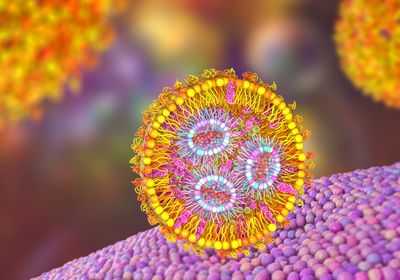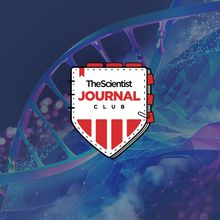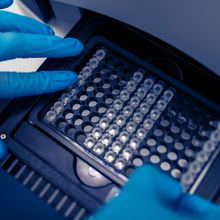Login
Subscribegenetics
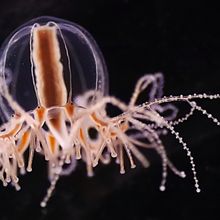
The Origins of Hunger Regulation
Mariella Bodemeier Loayza Careaga, PhD | Oct 2, 2023 | 2 min read
A neuropeptide suppressed feeding in two evolutionarily distant species, suggesting that hunger regulation may go back to the roots of the tree of life.
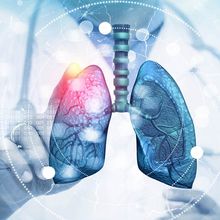
Silencing Epigenetic Complexes Re-sensitizes Drug-Resistant Cancer Cells
Rachael Moeller Gorman | Sep 25, 2023 | 4 min read
Researchers studying lung cancer cell lines found that chromatin remodeling underlies one type of osimertinib resistance.
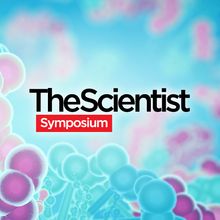
Unlocking the Secrets within Cells Using Next Generation Sequencing
The Scientist’s Creative Services Team | 1 min read
Next generation sequencing (NGS) core facility scientists and researchers discuss their latest work exploring novel cancer models and stem cells in space.

The Extra X: How the Sex Chromosome Affects Autoimmunity Risk
Kamal Nahas, PhD | Sep 19, 2023 | 4 min read
What underlies the uneven burden of autoimmunity between the sexes has remained a mystery. Now, scientists found clues by turning to a key player on the X chromosome.

A Long and Unhealthy Life?
Aparna Nathan, PhD | Sep 13, 2023 | 3 min read
A new mouse model shows that the Myc protein has complex effects on aging and cancer.

Smart Gateways into the Lab of the Future
The Scientist’s Creative Services Team | 2 min read
Neurobiologists, computer scientists, and engineers join forces to grow mini brains using automation and make their technologies smarter with artificial intelligence.
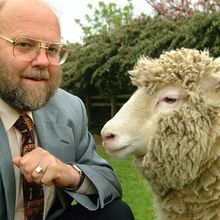
Ian Wilmut, Famed Scientist Who Led the Creation of Dolly the Sheep, Died at 79
Shelby Bradford, PhD | Sep 12, 2023 | 3 min read
Knighted in 2008, Sir Ian Wilmut revolutionized the field of cloning, stem cell research, and regenerative medicine.
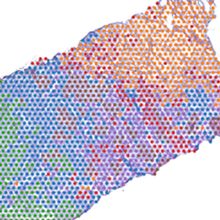
Poor Cancer Prognosis Associated with a Transcriptional Signature
Charlene Lancaster, PhD | Sep 11, 2023 | 4 min read
Researchers connect a tumor’s leading edge transcriptional profile to poor survival outcomes across cancer types.
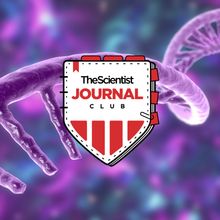
The Scientist's Journal Club: Transcriptomics
The Scientist’s Creative Services Team | 2 min read
Scientists discuss their latest findings on immune cell dynamics, neurodegenerative disease risk factors, and rare cell types obtained from bulk and single cell RNA sequencing experiments.

New Epigenetic Clocks May
Confirm Extreme Age
Ida Emilie Steinmark, PhD | Sep 8, 2023 | 4 min read
How will a new version of epigenetic clocks aimed at validating the age of people older than 100 years of age balance accuracy and anonymity?
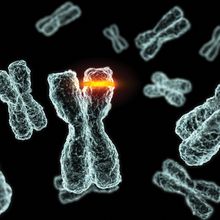
Prime Editing Comes of Age
Ida Emilie Steinmark, PhD | Sep 8, 2023 | 9 min read
Since the technique was first published in 2019, prime editing has grown with lightning speed, alongside hopes for what it can achieve.

Next-Generation Sequencing: A World without Limits
The Scientist’s Creative Services Team and Illumina | 5 min read
Centralized core facilities and commercial service providers specializing in NGS provide expertise and training for researchers new to the method.
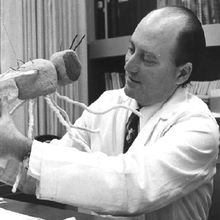
The Origins and Recent Promise of Nonsense Suppressor tRNAs
Ida Emilie Steinmark, PhD | Sep 8, 2023 | 4 min read
A discovery that goes back to the first studies of translation has become the topic of biotech buzz.
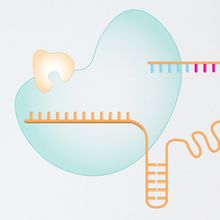
Infographic: How Prime Editing Works
Ida Emilie Steinmark, PhD | Sep 8, 2023 | 4 min read
Prime editing is one of the most promising forms of genome editing because it uses only single-stranded DNA breaks.
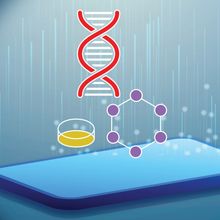
Accessible Gel Imaging with a Cellphone
Analytik Jena | 1 min read
In the classroom or the laboratory, a new gel documentation system enables scientists to capture snapshots of their samples in real time.
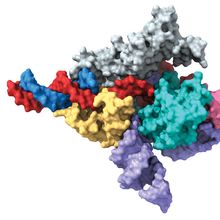
CRISPR-like Abilities in Eukaryotic Proteins
Ida Emilie Steinmark, PhD | Sep 8, 2023 | 4 min read
Two groups independently discovered that Fanzor proteins in eukaryotic organisms are CRISPR’s genome-editing cousins.

Breaking Down Barriers to Protein Sequencing
The Scientist Staff | Sep 1, 2023 | 2 min read
Next-generation protein sequencing is becoming more powerful, streamlined, and accessible.
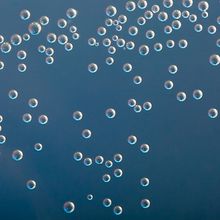
Digital PCR: The Journey to Superior Data
Bio-Rad Laboratories | 1 min read
With digital PCR (dPCR), researchers accurately and precisely quantitate nucleic acid samples.

The Oligo Was a No Go
Danielle Gerhard, PhD | Sep 1, 2023 | 2 min read
As soon as Melanie McConnell added the wash buffer to her sample, she knew she had made a mistake.
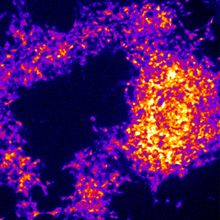
A Stem Cell Zoo Reveals Surprising Differences in Embryogenesis
Ida Emilie Steinmark, PhD | Sep 1, 2023 | 2 min read
By comparing stem cells from six mammals of different sizes, scientists discovered stark differences in embryonic development paces.
